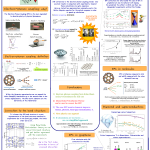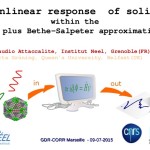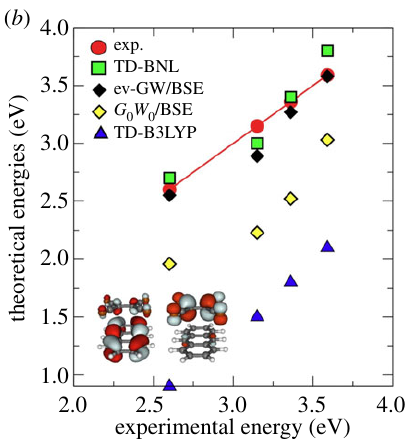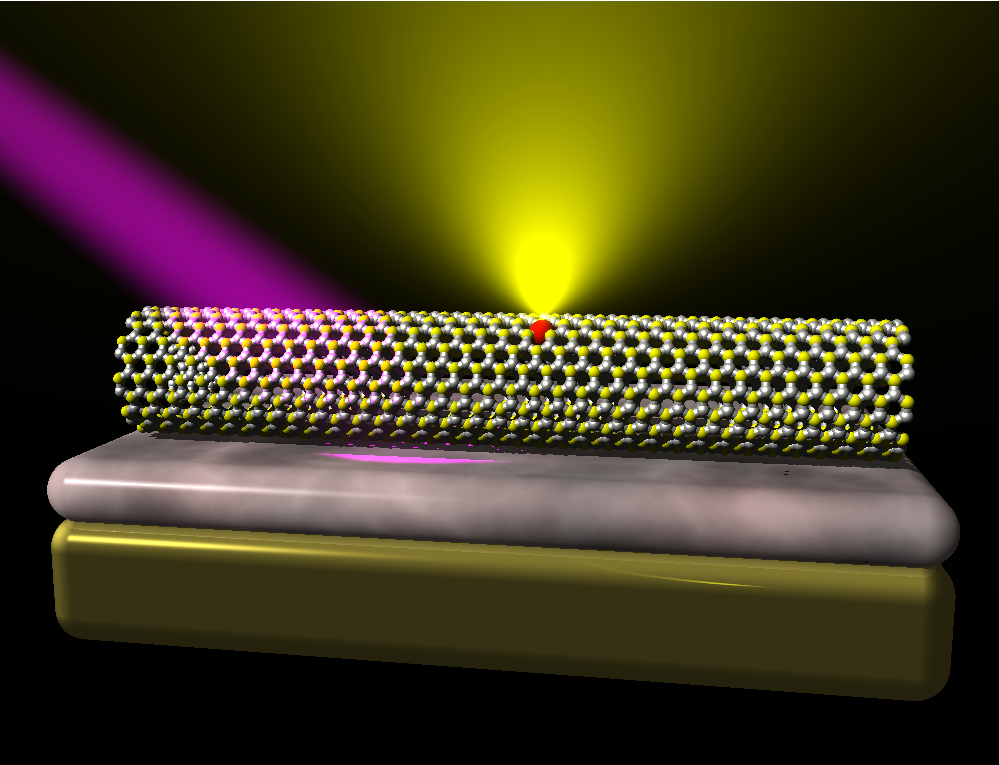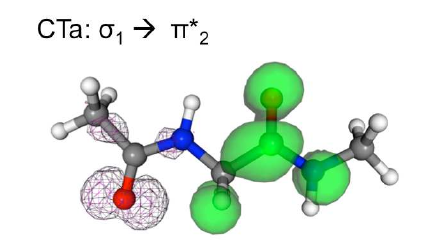Yambo input file for GW calculations explained
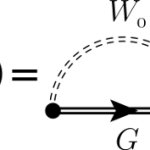
Example of a yambo input file for GW calculation in a solid. In order to generate the following input file you can use the command “yambo -g n -p p -V par” with yambo 4.0.2 (and with yambo 3.4.2 “yambo -g n -p p”). gw0 # [R GW] GoWo Quasiparticle energy levels ppa #… Read More

